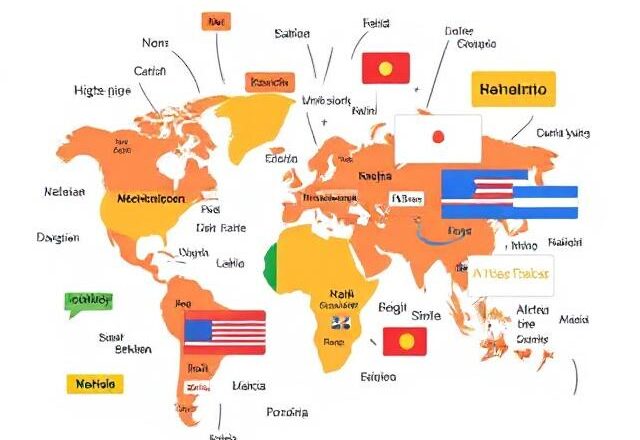Introduction
Google’s AI Mode—a feature that blends generative AI with traditional search—is expanding beyond English. As of 2025, it will soon support five additional languages: Hindi, Indonesian, Japanese, Korean, and Brazilian Portuguese. This expansion represents more than just a technical update; it’s a massive shift in how billions of people will interact with the internet.
In this article, we’ll explore what this means for global accessibility, regional tech ecosystems, and the future of online search.
Why This Expansion Matters
1. Global Internet Users Demand Inclusivity
More than 3 billion people use the internet in languages other than English. Until now, many advanced AI-powered features were accessible only to English speakers. By expanding AI Mode, Google is bridging this gap and addressing one of the web’s longest-standing inequities.
2. Hindi, Indonesian, Japanese, Korean, and Portuguese: The Strategic Choice
-
Hindi: Unlocking access for one of the world’s fastest-growing digital markets.
-
Indonesian: A diverse, mobile-first nation with exploding digital adoption.
-
Japanese & Korean: Advanced tech markets with highly engaged online users.
-
Brazilian Portuguese: Latin America’s largest economy, with a vibrant online culture.
Together, these languages represent hundreds of millions of active users and potential new markets for AI-driven tools.
The Impact on Search Behavior
1. From Queries to Conversations
AI Mode shifts traditional “search” into conversational discovery. Instead of typing keywords like “best budget smartphones 2025”, users can ask nuanced questions in their native languages, and Google AI will respond with a synthesized answer.
2. Democratizing Knowledge Access
For users in rural or under-served areas, this expansion means access to richer, more contextual answers without needing to rely on English-language content.
3. The Double-Edged Sword: Accuracy vs. Hallucination
While AI summaries make search faster, Google acknowledges that inaccuracies are possible. This is especially tricky in non-English markets where training data is more limited. Expect debates around trust, bias, and fact-checking in AI answers.
Implications for Businesses and Publishers
1. New SEO Frontiers
Marketers and publishers now need to optimize not just for English but for multilingual AI-driven summaries. This will influence how content is structured, translated, and presented.
2. Local Content Boom
Local creators in India, Brazil, Japan, and beyond will see their visibility boosted as AI Mode prioritizes regional relevance. This could spark a renaissance in localized journalism, e-commerce, and digital education.
3. The Ad Revenue Question
For Google, expanding AI Mode to these regions could unlock billions in new ad impressions. For publishers, however, it raises a concern: if AI summaries give answers directly, will fewer people click through to original sites?
The Future of Search Beyond 2025
This expansion signals the next phase of the internet: AI-first, language-inclusive, globally scaled. As more languages roll out, the web will become more accessible than ever before—but also more controlled by generative AI ecosystems.
The key question remains:
Will AI make the web more democratic and inclusive, or more centralized and filtered?
Conclusion
Google’s expansion of AI Mode into five new languages is more than a feature update—it’s a cultural and technological milestone. By making generative AI accessible to billions, Google is reshaping not only search but how societies consume knowledge, build businesses, and connect online.
The next frontier won’t just be about what information AI can deliver, but how it delivers it—fairly, inclusively, and accurately across cultures.
